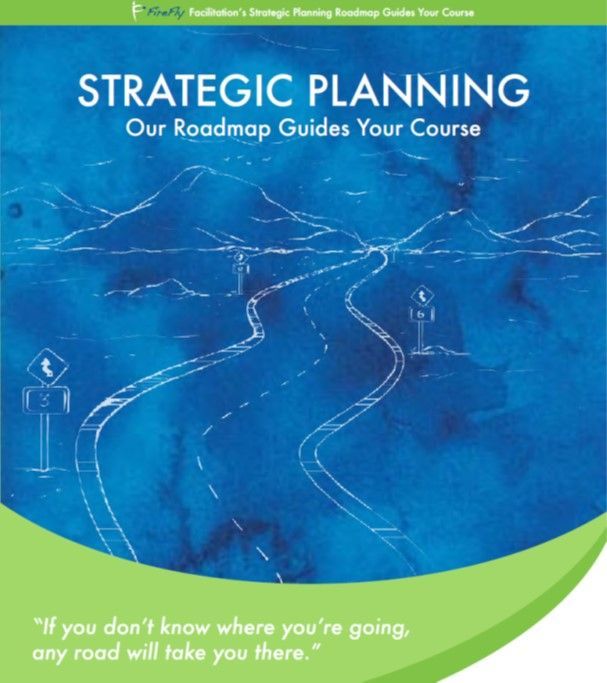Bridging The Gap: Dealing With Conflict Between Departments
In our last post, we talked about times that the system doesn’t fit with your department’s needs. But what about those critical processes that cross the boundaries of department lines? These can result in situations that are potentially rife with conflict, and can be sources cause of great tension, because these are the places where departments rub against each other. In those cross-departmental situations, you often see the first signs of loss of trust, doubt about others’ intentions, and attribution of bad attitudes or lack of competence to each other.
Fortunately, there is a reliable technique that can be used to ascertain and then address these areas of discord.
To do this, bring together the two departments with the most heightened conflict, whose discord has the most critically negative impact on the business. Break them into their respective department teams and ask them to discuss and flip chart their responses to these four questions:
- What are we held accountable for?
- What do we think the other team is held accountable for?
- What is our greatest conflict with them?
- What do we think is their greatest conflict with us?
It is amazing how much the dialogue among the team and in the large group debriefing can help to shed light on where the key difficulties and misconceptions lie. Having the groups discuss what they believe the other team is accountable for will help you to develop a true appreciation for the tasks they regularly undertake. Additionally, acknowledgment of your own conflicts helps to deflect the natural defensiveness that would occur if others just told you outright. Many, times these clashes revolve around broken processes, and that is actually good news, because it’s something on which the groups can collaborate to improve and together put their creative talents to work. A simple version of this process improvement method looks more like this:
- Step 1: Identify the starting point in the process—that is, the trigger or triggers that something needs to be launched or changed. Write them on a sticky note and put it at the beginning of the process flow.
- Step 2: Define what success looks like at the end of the process, write that on a sticky note, and place it at the end of the process flow.
- Step 3: Determine the 8 to 10 major steps involved in getting from the triggers to the ending point. We are expecting a high-level overview of the process, not deep detail. Write each of these major steps on a sticky note and place it on the process flow chart.
Sometimes just walking through the process steps helps all parties to realize where the problems lie. Is there a handoff that isn’t going smoothly? Did either group lack clarity as to who needed to be involved in a key decision versus who was the final decision maker? Has there been duplication of activities or functions because of a breakdown in trust or communications? Are there key people who are unaware of, or simply not using important supporting processes and procedures? Why and how could they be revised to make them more useful? These are the natural discussions that will evolve if you don’t overcomplicate the process, and use it instead as a vehicle for healthy, candid dialogue. In our next post, we’ll discuss the role of leadership in this type of session.






